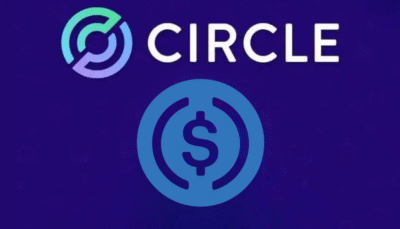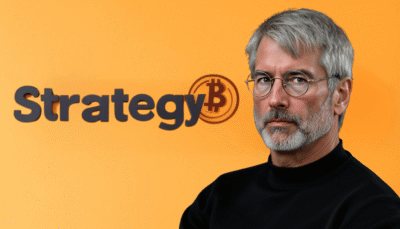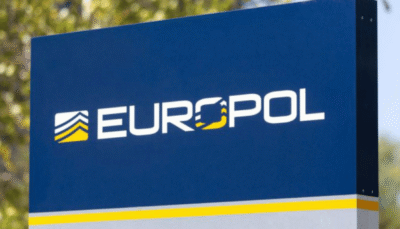This week’s episode dropped right as the crypto market turned green — and not by accident. Bitcoin crossed the $110K mark, while ETH pushed 7% higher to $2,700. Solana, Doge, and Cardano followed suit, riding a wave of optimism driven not just by charts, but by headlines.
And what headlines they were.
From renewed U.S.-China talks hinting at relaxed export rules, to speculation around Trump-Musk theatrics, the global stage was buzzing. Whether pre-orchestrated or spontaneous, the geopolitical theater stoked bullish sentiment across crypto markets. As Matthias, the ever quintessential host, put it:
“It’s all about sentiment for crypto stocks too… Anything that Trump tweets or does or doesn’t do impacts the market massively”
Meanwhile, major announcements hit from all corners. MetaPlanet, dubbed Japan’s MicroStrategy, pushed its Bitcoin treasury strategy forward, surging 26% in one week. France’s leading blockchain group raised $340M to do the same. Even Argentina cleared its president in a meme coin probe, and Japan approved a new brokerage tier for crypto firms.
But perhaps the biggest signal shift came from Washington. With a new SEC chair openly defending crypto self-custody as a core American liberty — “very different tone, very bullish,” Matthias noted — and lawmakers prepping the Clarity Act of 2025, regulatory tailwinds are turning.
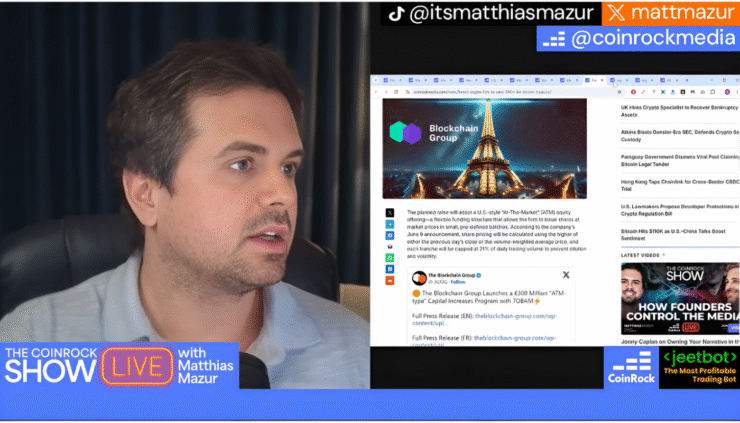
Despite retail still sitting on the sidelines, despite cautious liquidity, the building continues. And that’s why this episode matters: the market may be choppy, but real builders are shipping. Easy mode will come back — but those laying foundations today, like Morgan Kuphal, are the ones shaping what Web3 will look like when it does.
We sat down with Morgan to trace his unlikely path — from robotics to Chainlink Labs, and now, to leading one of the most novel AI-social campaigns in Web3. It’s a story of hacking, building, and breaking the mold of what a Web3 founder can look like.
From Robots to Chainlink: Morgan’s Unexpected On-Ramp
Morgan’s journey into Web3 didn’t start with a whitepaper or a Discord server — it started in a robotics lab. After building an eCommerce startup in college and selling this eCommerce business in college, Morgan dove into industrial automation, spending long hours in robotics labs until COVID-19 lockdown flipped everything upside down.
“You’ve got to be physically present when working with robots,” he said*.*
“And that just wasn’t sustainable anymore.”
In 2021, everything changed.
Morgan entered the Chainlink Hackathon, submitting a prototype that would later morph into Chainlink Functions — a major component of decentralized computation in Web3 today.
“He entered the Web3 space through the Chainlink Hackathon, where he submitted an early prototype of what later became Chainlink Functions.” Matthias recalled as he read Morgan’s Bio.
“After winning a prize, he joined Chainlink Labs as an engineer, helping build Chainlink Functions”
That hackathon win opened the door to Chainlink Labs, where Morgan helped ship Functions from concept to production. It also planted the seed for his current obsession: connecting smart contracts to the real world in a way that makes Web3 useful — and invisible — to everyday users.
The Birth of Tunnl
Tunnl isn’t your average Web3 product — it doesn’t ask users to connect a wallet, bridge tokens, or learn DeFi jargon. Instead, it flips the model: brands create reward pools, define content requirements, and verified creators post and earn — all verified through AI-powered oracles that check if conditions are met before releasing payment.
At the heart of it, Tunnl is rethinking influencer marketing.
“Right now at Tunnl, we are building infrastructure to allow creators to collaborate with brands initially.”
“We’re sort of opening this up and we’re providing engagement as a service.”
Tunnl’s secret sauce is an AI oracle that parses content across platforms like X, TikTok, and Instagram, and verifies that it matches the brand’s intent. Only then does the smart contract release the tokens.
Since launching its public beta in April 2025, the traction has been impressive:
Over 2,100 users onboarded, $130K+ in campaign volume, and 18 campaigns launched — all without paid marketing.
What’s more, the platform is attracting real creators from outside crypto — not just airdrop hunters or degen whales.
“I always saw this tech as something that could be applied to solve problems for mainstream audiences.”
“But the real trick is you’ve got Crypto UX, which isn’t super great, but it’s radically improved in the past couple of years, and so you have to start building for that crypto native audience, but always keeping in mind that you’re building for a mainstream audience.”
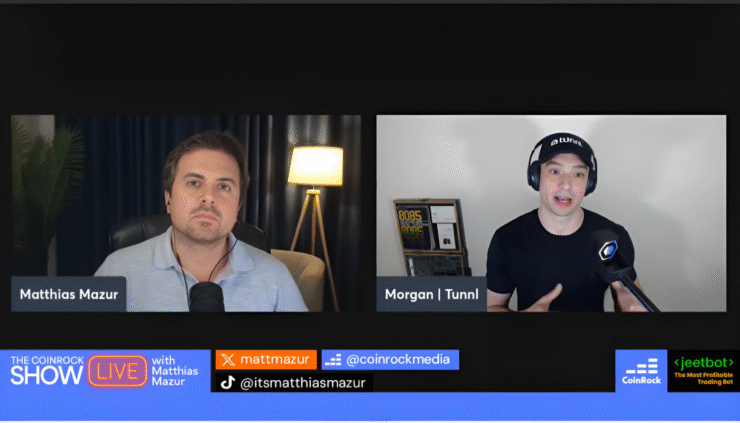
Web3 Needs Better Incentive Designs
Tunnl isn’t just a new app — it’s a critique of the status quo. Morgan sees it as part of a larger trend: fixing broken incentive structures that plague both traditional tech and Web3 itself.
Most platforms today — from YouTube to Instagram — extract value from creators without compensating them fairly. Web3 was supposed to fix that, but too many projects focused on tokenomics before solving actual pain points.
“If you see a post of a creator promoting a brand, you kinda know it’s paid,” he said.
“We are now providing engagement as a service where creators can share content from brand accounts and then really anybody. So the brand means a lot of things; Start out brands, companies and personal brands.”
With Tunnl, the goal is to flip the funnel. Rather than brands chasing metrics on centralized platforms, they set terms on-chain, and creators opt in — trustlessly. This also means no middlemen, no delayed payments, and no black-box algorithms.
It’s part of a broader design philosophy Morgan calls “embedded incentives.” Users don’t need to be onboarded into crypto — they just earn value for what they already do, and the blockchain takes care of the rest.
“At first, I’m like, I had this very specific problem I wanted to solve by getting social media data so I could execute these smart contract escrow agreements to pay creators.” Morgan confessed.
“If you can build a platform to enable other builders, that leverage is just so powerful. And so I think that’s a lot of what I’ve focused on in a lot of my hackathons.”
Build First. Ignore the Noise
Morgan Kuphal isn’t here for charts, trends, or token pumps. His message to fellow builders is simple: block out the noise and focus on product. In an industry addicted to dopamine highs and speculative cycles, Morgan argues that watching the markets is a fast track to burnout.
“If you’re subjecting yourself to this dopamine rush, and the crash that comes from watching the price all day, it’s going to be way harder to show up every day,” he said.
Instead, he advocates for long-term thinking — and that starts with ignoring price action and doubling down on what matters: users. Rushing to launch tokens, he warns, often backfires. Communities become obsessed with price rather than product, and promising ideas die before they ever get real traction.
“The product must lead,” Morgan emphasized.
“I don’t care about the price action. It’s as simple as that.”
Looking ahead, he sees stablecoins — not NFTs or altcoins — as crypto’s clearest path to real-world adoption. From reducing payment processing fees for small businesses to powering new forms of entrepreneurship, stablecoins could quietly reshape how digital money flows through everyday platforms.
“I would love to see more people, not even necessarily coming up with new ideas for apps, but say, hey, here’s like a web two app that works pretty well. How can we put stablecoins into this thing and make it even better?” Morgan said.
Where to Find Morgan Kuphal
Want to follow Morgan’s journey and explore Tunnl? Here’s where to connect:


